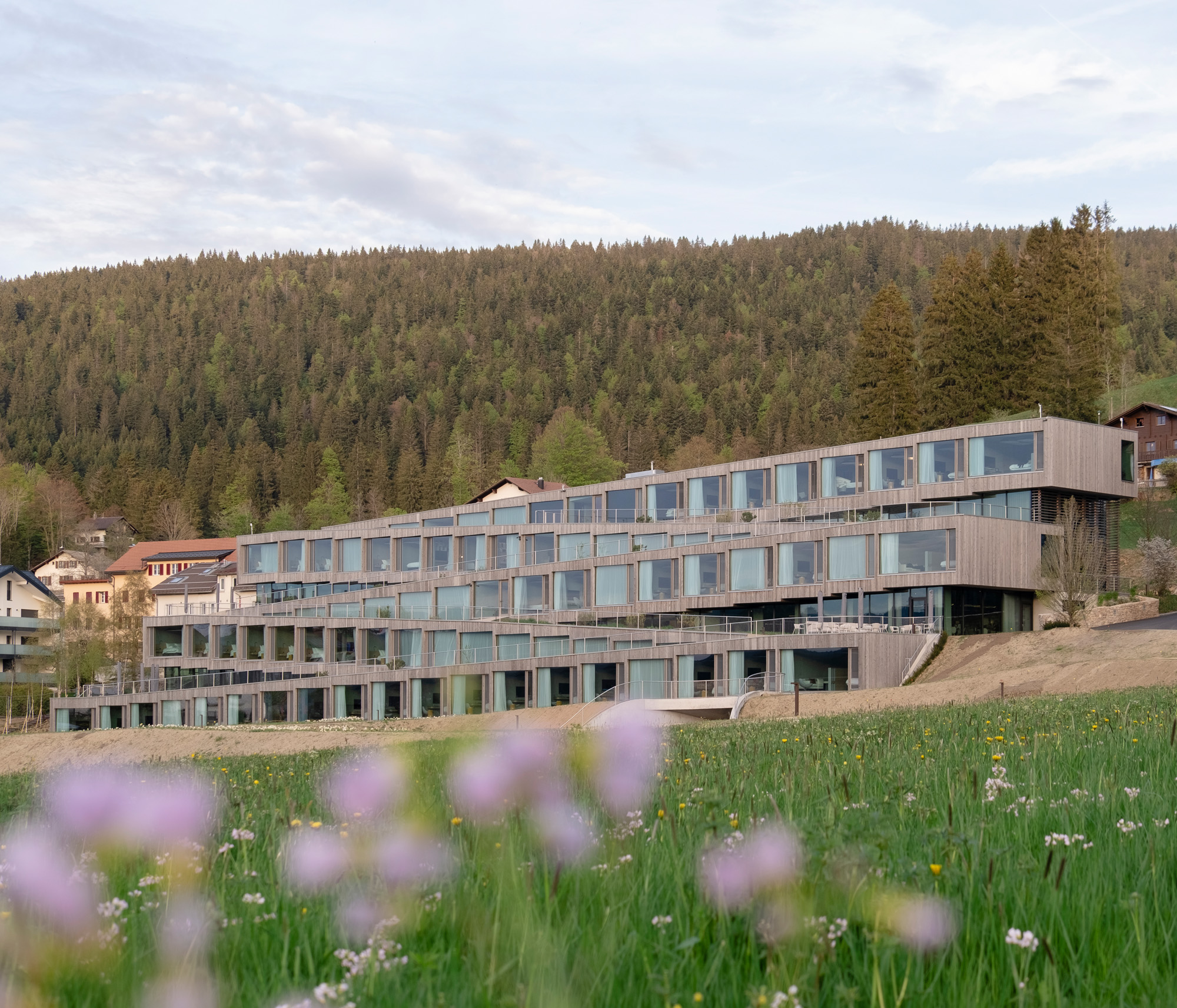Bhutan's new international airport will unlock the magic of a notoriously inaccessible destination
The Gelephu International Airport, to be designed by BIG, will open in 2029.
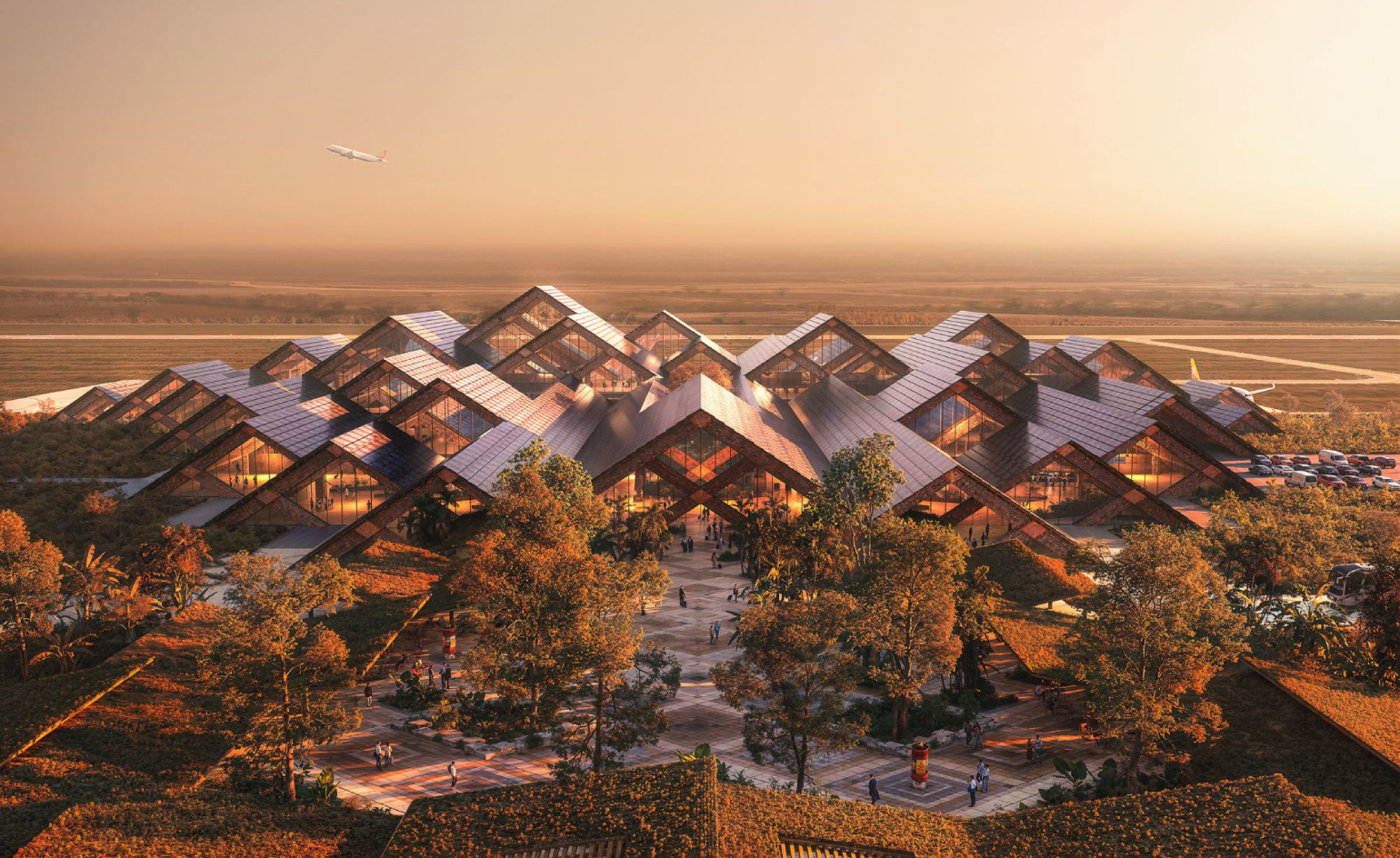
For many travellers, Bhutan's pristine beauty and serene, spiritual allure can feel out of reach. Not only does the Himalayan kingdom impose strict tourism rules to preserve its heritage, it's also notoriously difficult to get to. In fact, just 50 pilots are qualified to navigate the hair-raising mountain runway approach to the country's only international airport. But a new airport designed by Bjarke Ingels Group (BIG) promises to make Bhutan more accessible than ever before.
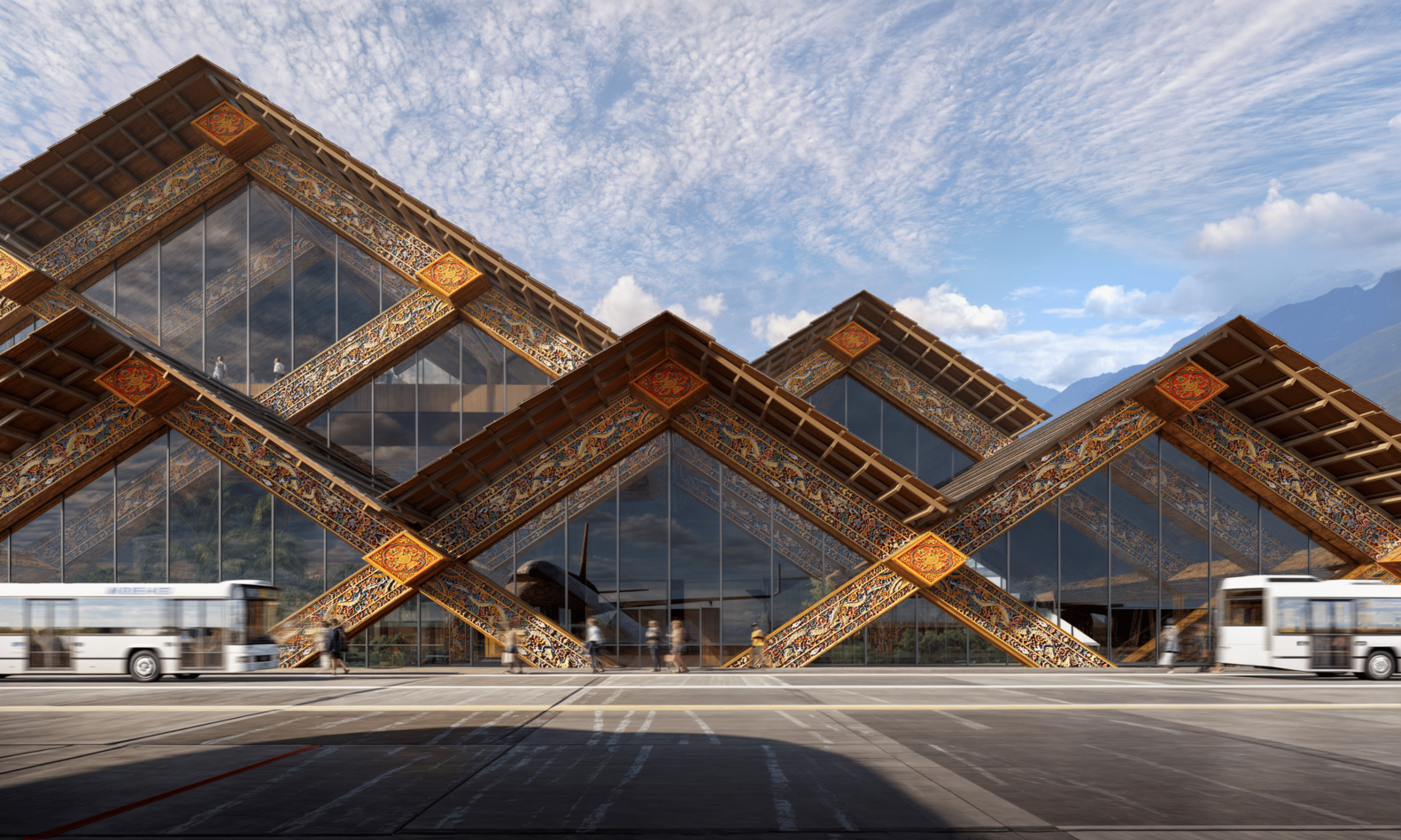
The new Gelephu International Airport has been selected for its strategic location near the Bhutan-Indian border and the Paitha River, which provide flatter terrain and views of subtropical forests. As the country’s second international airport, it will be capable of handling 123 flights daily when it opens in 2029 and is projected to welcome 1.3 million passengers annually by 2040.
The project is a collaborative effort between the aviation engineering firm NACO and the Gelephu Mindfulness City (GMC), a larger urban development initiative led by BIG, Arup, and Cistri. While the broader aim of the Mindfulness City has remained somewhat nebulous, the forthcoming Gelephu International Airport offers insights into Bhutan’s aspirations for sustainable growth.
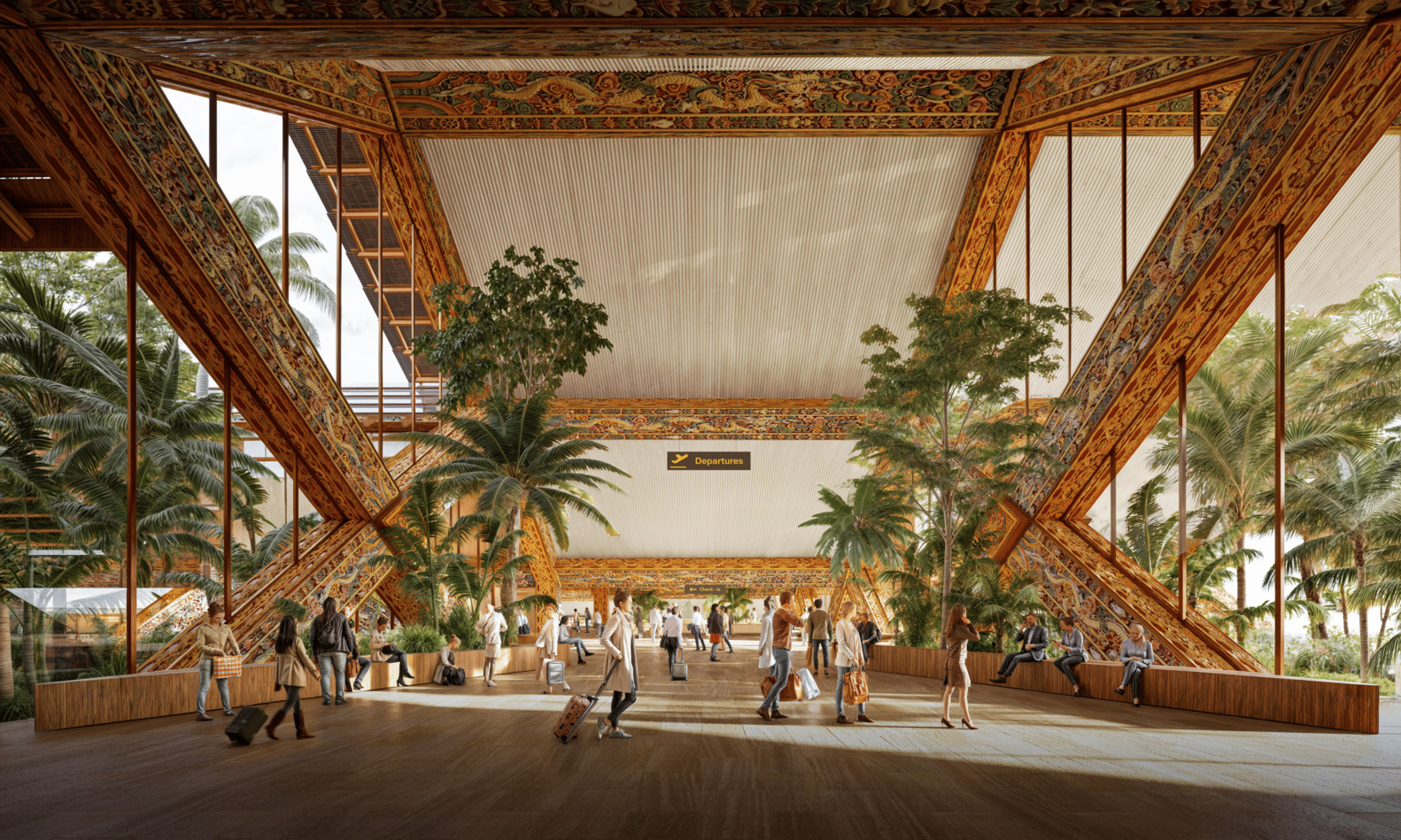
BIG has designed the airport to reflect Bhutanese tradition, as evidenced by the locally sourced timber and the intricate carvings, created by local artisans, that will adorn its diagrid structure.
‘Upon closer inspection, all the mass timber members are carved and coloured according to traditional craft, adorned with three types of dragons representing the past, present, and future of Bhutan,’ explains Bjarke Ingels, founder and creative director of BIG.
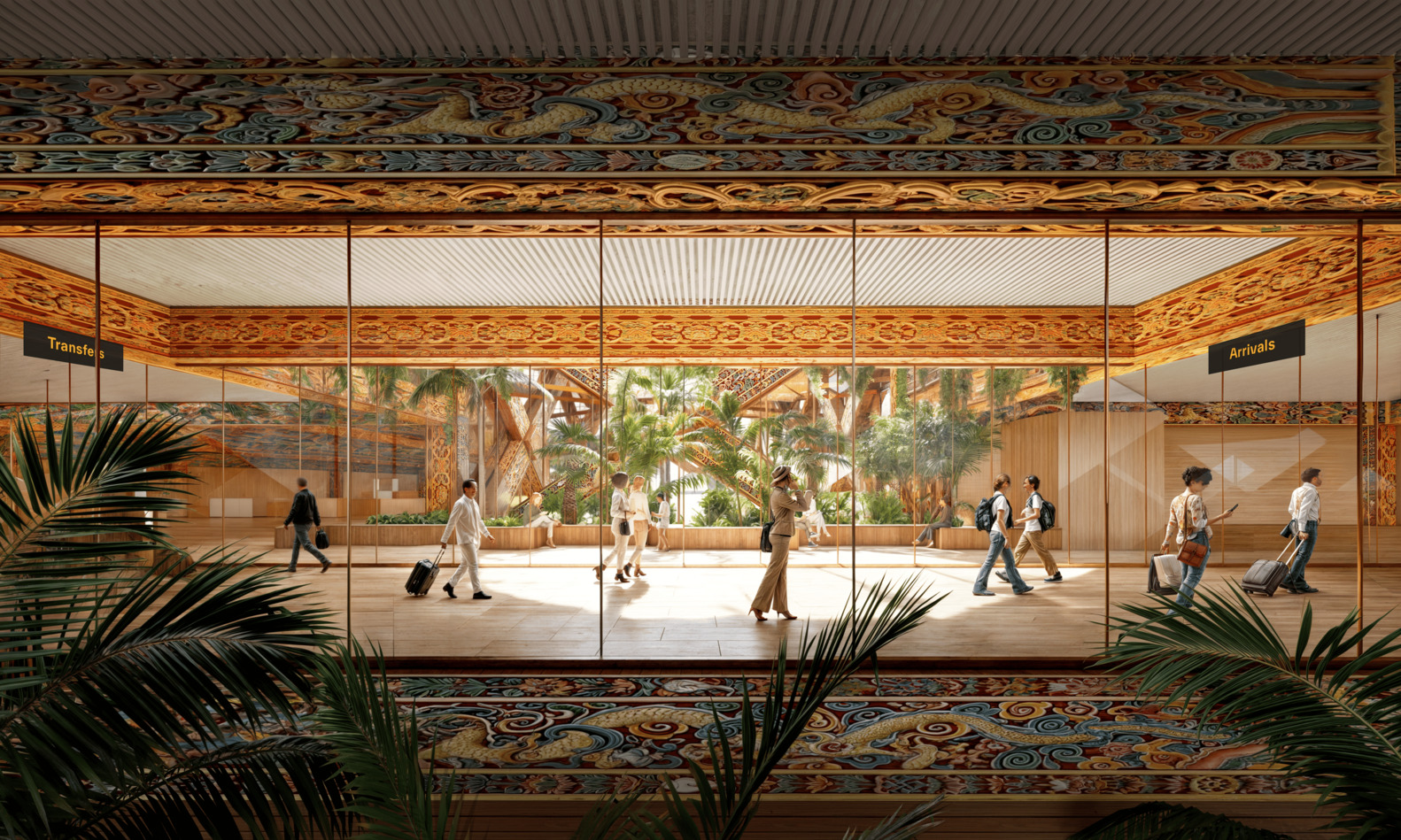
Constructed to support the anticipated growth of the GMC, the airport’s timber frames are structurally independent, facilitating easy disassembly for future expansion. Meanwhile, a painted façade draws inspiration from Kachen– traditional decorative wooden pillars found in Dzongs, monasteries, and royal palaces – signifying the airport’s cultural importance within the community.
Wallpaper* Newsletter
Receive our daily digest of inspiration, escapism and design stories from around the world direct to your inbox.
Sofia de la Cruz is the Travel Editor at Wallpaper*. A self-declared flâneuse, she feels most inspired when taking the role of a cultural observer – chronicling the essence of cities and remote corners through their nuances, rituals, and people. Her work lives at the intersection of art, design, and culture, often shaped by conversations with the photographers who capture these worlds through their lens.
-
 The new Polaroid Flip unfolds to bring you pin-sharp instant photography
The new Polaroid Flip unfolds to bring you pin-sharp instant photographyPolaroid announces the Flip, an instant camera that blends its evergreen film technology with better results and more control
By Jonathan Bell
-
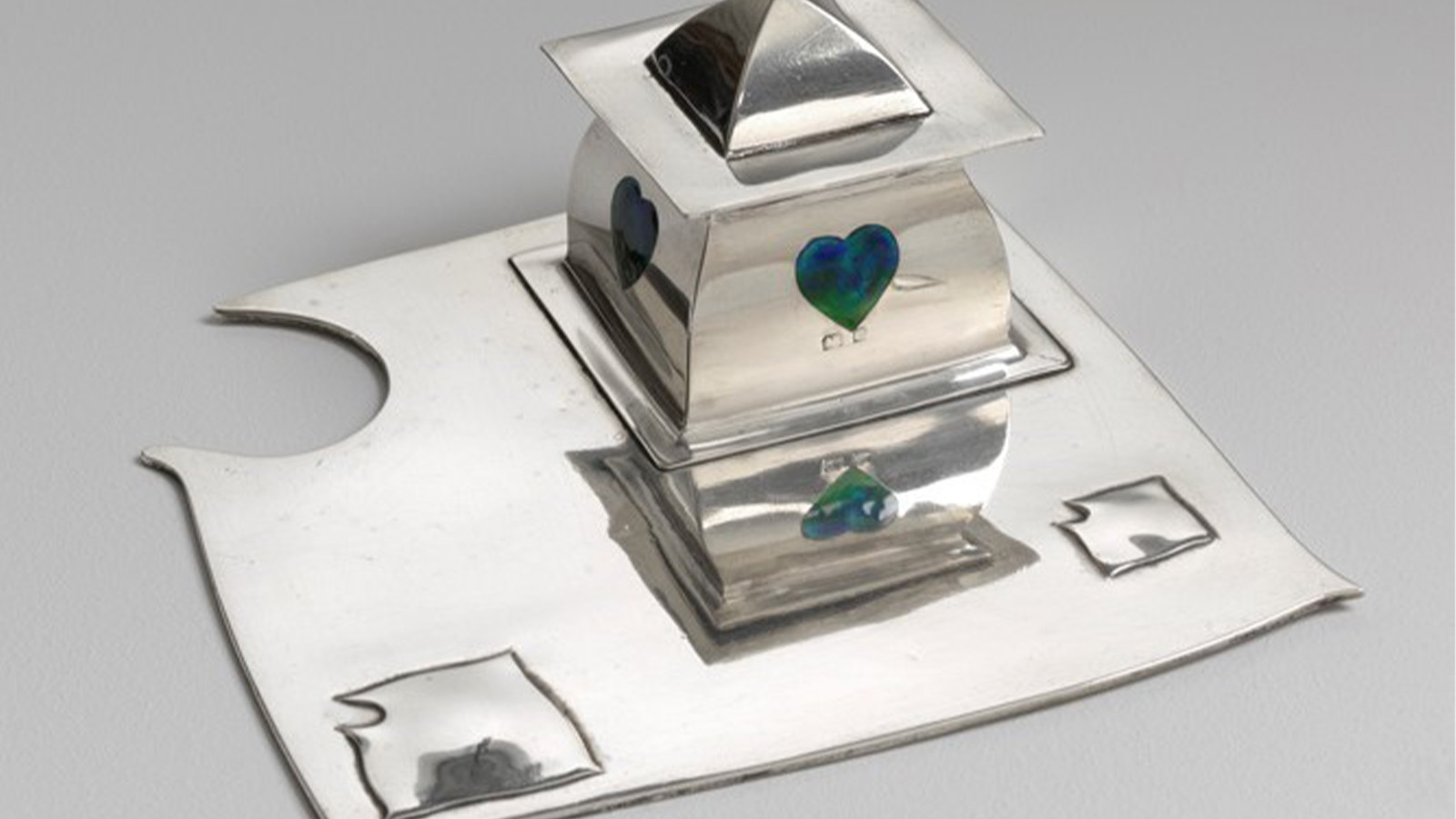 On the Isle of Man, the secret history of designer Archibald Knox is revealed
On the Isle of Man, the secret history of designer Archibald Knox is revealedThe mysterious life and works of local designer Archibald Knox is celebrated in a retrospective at Manx Museum, spanning silverware, furniture, clocks and more
By Emma O'Kelly
-
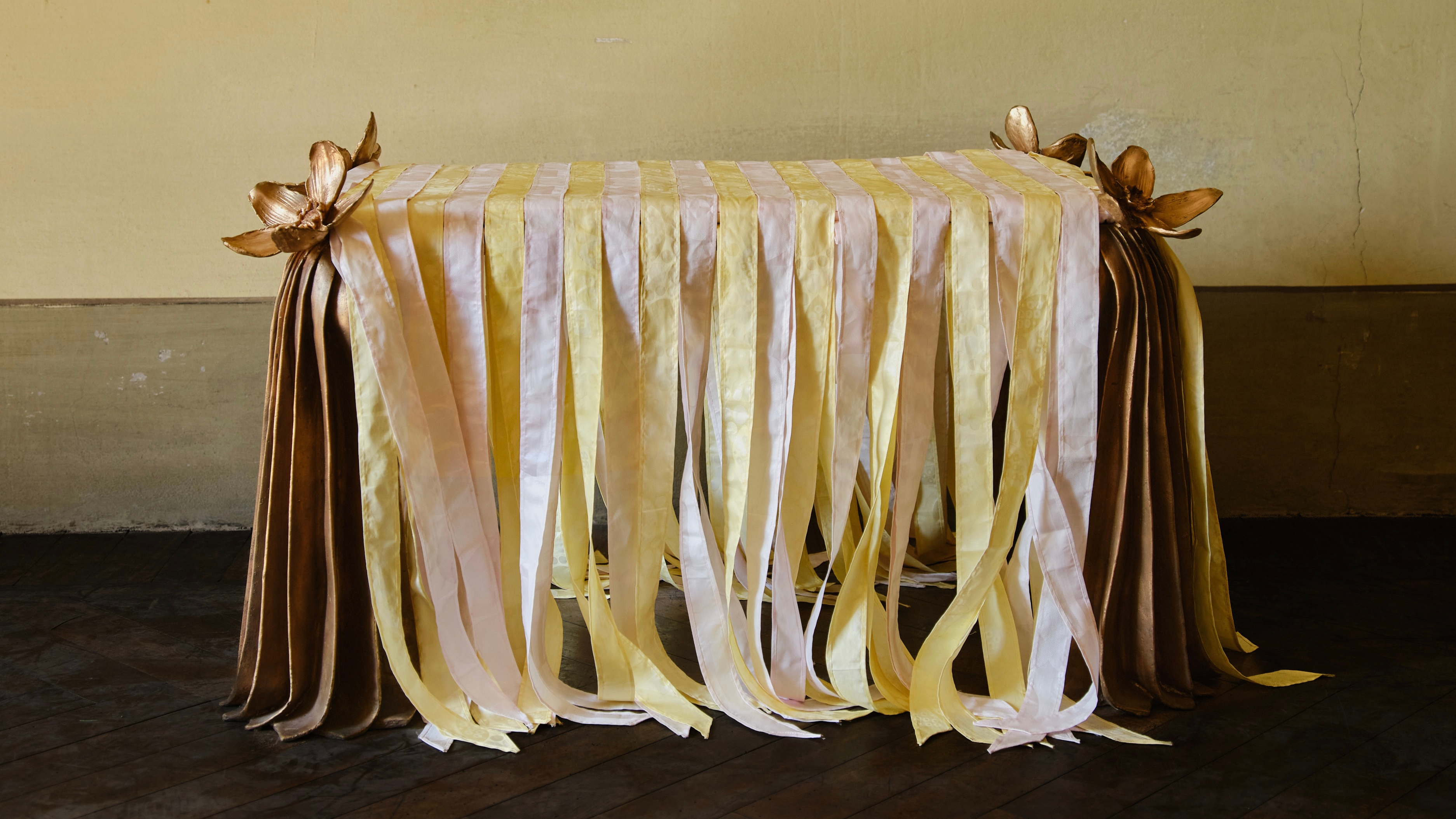 Conie Vallese and Super Yaya’s beribboned bronze furniture is dressed to impress
Conie Vallese and Super Yaya’s beribboned bronze furniture is dressed to impressTucked away on the top floor of Villa Bagatti during Milan Design Week 2025, artist Conie Vallese and fashion designer Rym Beydoun of Super Yaya unveiled bronze furniture pieces, softened with hand-dyed ribbons in pastel hues
By Ali Morris
